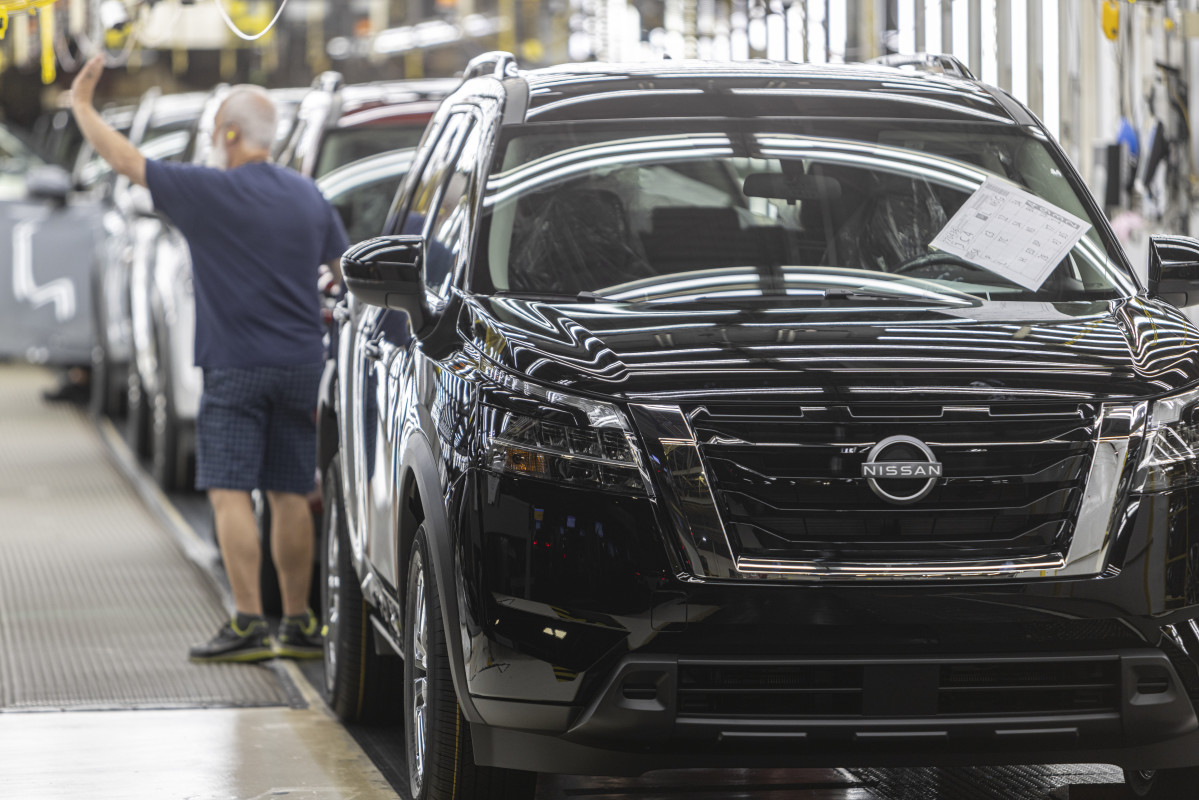EPA’s top official takes aim at a common fuel-saving feature
Start/stop technology — the system that turns your engine off at a stoplight to save gas — might finally be on the chopping block, if recent comments from EPA administrator Lee Zeldin are any indication. In a post on X, Zeldin said the Environmental Protection Agency is “fixing” the tech, adding bluntly: “Everyone hates it.”
While he didn’t offer any concrete policy changes, the tone suggests the EPA may soon reevaluate how it encourages automakers to include the feature in new cars.
Start/stop earns automakers emissions credits
Right now, start/stop systems help carmakers rack up “off-cycle credits” — points awarded for tech that lowers emissions in ways not captured during standard testing. Other examples include high-efficiency air conditioning and active grille shutters.
Start/stop technology: where your car dies at every red light so companies get a climate participation trophy. EPA approved it, and everyone hates it, so we’re fixing it. pic.twitter.com/zFhijMyHDe
— Lee Zeldin (@epaleezeldin) May 12, 2025
These credits help manufacturers meet EPA fleet average targets without needing to overhaul engines or electrify more quickly. So while drivers often complain about the jerky feel of start/stop tech — and many go out of their way to disable it — automakers still have a strong incentive to include it.
Yes, it saves fuel, but not always by much
The EPA says the tech can improve fuel economy by 4–5%, especially in stop-and-go traffic. That checks out with independent tests, including one from the Engineering Explained YouTube channel. However, the real benefit depends on how long you’re sitting still — at a long red light, the system helps. At a brief stop sign? Not so much.
Not all systems are created equal, either. Cars with mild-hybrid setups tend to make the feature feel smoother and less jarring, since they shut the engine off while coasting and can use electric torque to restart more gently. That’s a far cry from older start/stop systems that kill the engine abruptly and shake the car back to life when you lift your foot off the brake.
What comes next is still a mystery

Nissan
It’s not clear what “fixing” start/stop tech will actually involve. The EPA could tighten the rules for off-cycle credits or phase out the incentive entirely. But that wouldn’t necessarily mean the end of the feature. Many carmakers include it anyway to squeeze every last drop of efficiency from internal combustion engines. And for drivers who hate it? The system can usually be disabled, though it often turns back on every time you start the car, much to the annoyance of enthusiasts and commuters alike.
Final thoughts
For now, start/stop remains stuck in limbo, disliked by many, still technically useful, and apparently on the EPA’s radar. Whether that leads to meaningful change or just more posts on social media remains to be seen.
If off-cycle credits are revised or removed, some automakers may rethink the feature’s value, especially if customer satisfaction takes priority over marginal fuel savings. But unless there’s a clear regulatory shift, don’t expect start/stop to disappear overnight. Like it or not, it’s still an easy win for car companies chasing efficiency targets, and for now, it’s here to stay.